1. Using Dial-Up Internet Sounds as a Common Experience
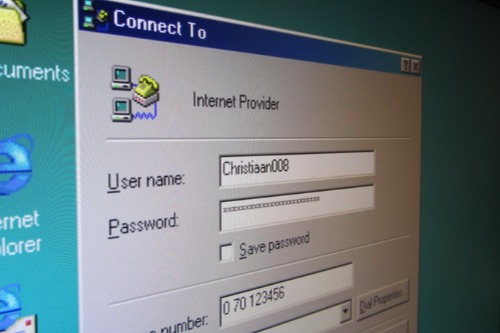
Most households used dial-up internet, which meant waiting minutes for a page to load and listening to a series of beeps and screeches. It was frustrating, but it created a shared experience. People were patient and made jokes about the slow connection. Kids learned early to schedule internet time carefully.
If this existed today, people would be outraged. Our modern attention spans demand instant access, and buffering is widely mocked online. Social media wouldn’t be forgiving; every glitch would be tweeted and viral. The idea of spending ten minutes just to connect to a website would seem absurd.
2. Smoking Indoors Everywhere
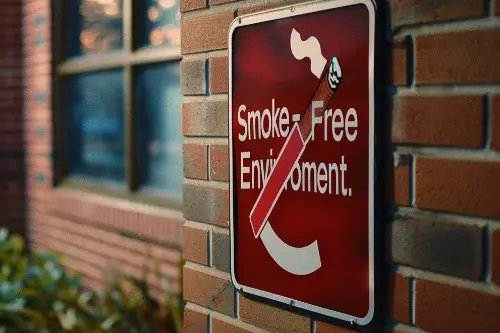
In the ’90s, it wasn’t unusual to see people lighting up in restaurants, offices, airplanes, and even hospitals. The health risks of secondhand smoke were known but largely ignored in public policy. People would sit next to strangers in thick smoke without anyone batting an eye. It created a completely different social environment where smoke-filled rooms were just part of everyday life.
Today, smoking indoors would instantly trigger complaints, lawsuits, and social media backlash. Public health campaigns have made the dangers of secondhand smoke crystal clear. Many cities now have strict bans, and even outdoor smoking in certain areas can lead to fines. The idea of sitting in a cloud of cigarette smoke in a workplace would feel shocking to most people now.
3. Wearing Heavy Logo Sweatshirts Everywhere
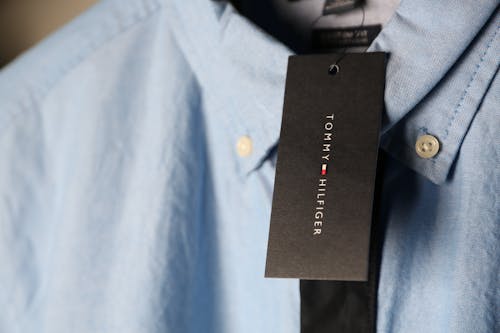
In the ’90s, slapping a giant Nike swoosh, Tommy Hilfiger flag, or GAP logo across your chest was considered stylish. Brands were loud, and bigger logos meant more status points. High school hallways and shopping malls were full of teenagers flexing their brand loyalty. It was a cultural thing; showing your favorite brand loudly was almost a rite of passage.
Now, walking around with an oversized logo would feel a little cringey to some. Minimalism and subtle branding have become more valued in fashion circles. There’s also a backlash against fast fashion and brand exploitation that makes flaunting logos feel out of step. Social media might roast you before anyone even said hello.
4. Wearing Casual Clothes to School Without Question

Many schools in the ’90s didn’t have strict dress codes, so students often wore ripped jeans, tank tops, or even pajamas to class. Teachers rarely intervened unless clothing was extreme. The casual vibe gave teenagers a sense of personal freedom. Parents, administrators, and students all treated it as normal everyday life.
Today, there would likely be a major debate over modesty, appropriateness, and even mental health messaging. Schools have implemented stricter rules around what is acceptable, sometimes leading to heated arguments over gendered dress codes. Social media would quickly amplify any violation. What was once “just a normal outfit” could now spark viral outrage.
5. Watching Cartoons With Heavy Stereotypes
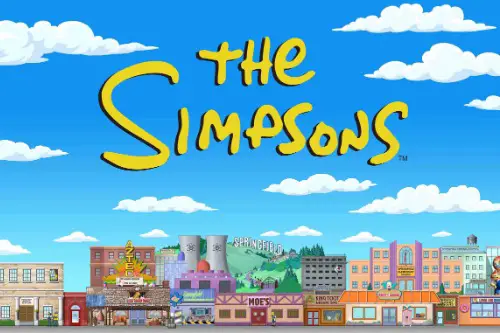
Shows like “The Simpsons” and “All That” often included jokes or portrayals that leaned on racial, gender, or cultural stereotypes. In the ’90s, this was seen as harmless humor, part of the comedic landscape. Parents and audiences didn’t question it as deeply. It was normalized in the media ecosystem.
Today, many of these jokes would be criticized for being offensive and insensitive. Networks are under far more pressure to avoid stereotyping and to promote diverse representation. Cultural sensitivity is expected, not optional. Even classic reruns can spark controversy if stereotypes are prominent.
6. Eating Extremely Sugary Cereals for Breakfast
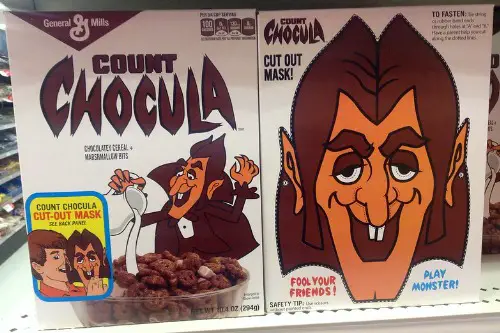
Sugary cereals like Cocoa Puffs, Froot Loops, and Count Chocula were a staple of the American breakfast. Kids were encouraged to have them every morning, often paired with sugary milk or snacks. Advertising heavily targeted children, with cartoon mascots and prizes. Parents didn’t worry too much about long-term health impacts.
Nowadays, nutritionists, pediatricians, and parents would likely raise alarms about high sugar content. Public schools even restrict certain cereals in cafeterias. Social media and wellness trends have made sugar content a hot topic. What once felt fun and normal would now feel unhealthy and irresponsible.
7. Playing With Toys That Were Choking Hazards
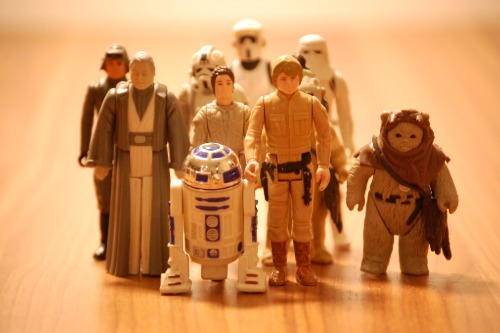
Small action figures, Beanie Babies, and toys with detachable parts were everywhere. Parents were more relaxed about potential choking hazards. Kids often played unsupervised with these tiny pieces, even putting them in their mouths. Toy recalls happened, but the safety standards were far less strict than today.
Today, a toy like that would likely trigger recalls, lawsuits, and social media uproar. Parents now expect products to meet strict safety certifications. There’s a heightened awareness of child safety hazards. What was once considered harmless fun would now be treated as a serious risk.
8. Watching Violent Cartoons and Video Games Without Concern
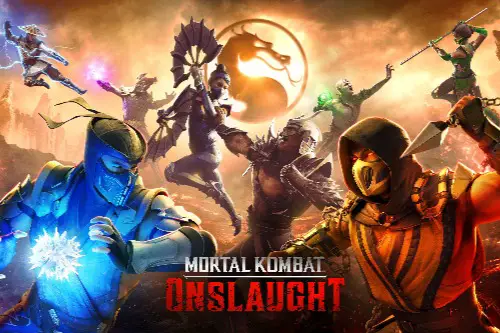
Shows like “Ren & Stimpy” and early “Mortal Kombat” video games were common in households, even for younger kids. Parents often didn’t think twice about letting their children watch or play them. There were some controversies, but mostly it was accepted as entertainment. Kids grew up thinking gore and cartoon violence were just part of playtime.
Today, there’s much more scrutiny about exposure to violent content at a young age. Ratings and parental controls are heavily enforced. Social media and forums often debate the psychological impact of violent media on children. Parents would likely be criticized for letting young kids engage with such content.
9. Riding in Cars Without Seat Belts
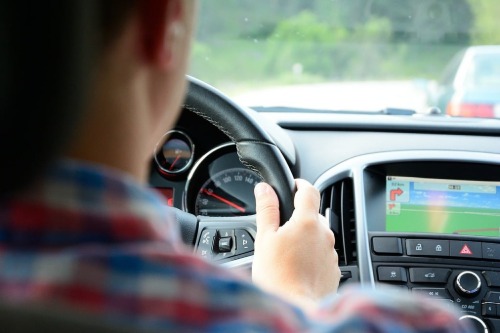
Many people in the early ’90s didn’t consistently use seat belts, especially in the back seats. State laws varied, and enforcement wasn’t as strict. Parents sometimes let kids ride unbuckled, assuming short trips were “safe.” Car culture treated it as a minor concern rather than a life-or-death safety issue.
Today, this behavior would spark immediate outrage. Seat belt use is heavily enforced and widely understood as crucial for safety. Parents could face fines, legal trouble, or social shaming. Ignoring this rule would seem downright reckless by contemporary standards.
10. Eating at Fast Food Chains Without Nutritional Worry
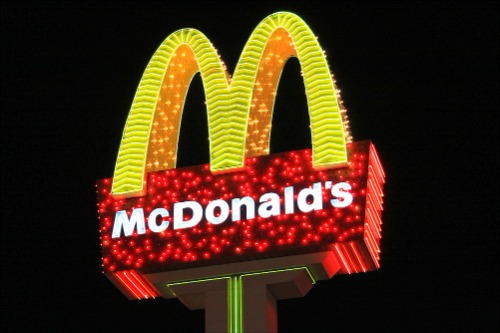
Fast food chains like McDonald’s, Taco Bell, and Pizza Hut were a regular part of life, often eaten multiple times a week. Kids and adults alike enjoyed supersized portions without thinking twice. Nutrition labels weren’t as prominent, and marketing glamorized indulgence. Convenience and taste outweighed health concerns.
Today, there’s much more awareness of obesity, sugar, and processed foods. Social media can turn unhealthy eating into viral judgment. Fast food marketing to children is under scrutiny. Eating an oversized combo daily could provoke criticism from health-conscious communities.
11. Watching Late-Night Shows With Offensive Humor
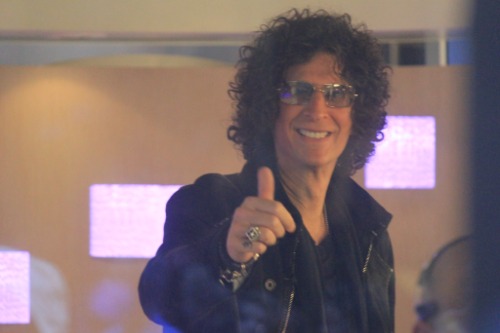
Comedians like Howard Stern and shock jock radio hosts thrived in the ’90s. Their shows often included misogynistic, racist, or crude content, and networks didn’t intervene aggressively. Fans considered it edgy or hilarious rather than harmful. Society was more tolerant of boundary-pushing entertainment.
Now, the same content would likely face boycotts, petitions, and widespread criticism. Online outrage spreads quickly, making tolerance for offensive material much lower. Corporate sponsors are far more cautious about association. What was once a laugh might now be labeled offensive and unacceptable.
12. Using Plastic Bags Everywhere Without Thought

Plastic grocery bags were the default, and people used them for everything: carrying lunch, lining trash cans, even packing shoes. There was little concern about environmental impact. Reusable bags were rare, and the convenience of disposable plastic was king. Everyone assumed it was perfectly normal.
Today, single-use plastics are widely criticized for harming the environment. Many cities and states ban or tax plastic bags. Social media campaigns encourage reusable alternatives. Using plastic carelessly now could draw public scorn or even fines.
This post 12 Things That Were Normal in the ’90s But Would Spark Outrage Today was first published on American Charm.


